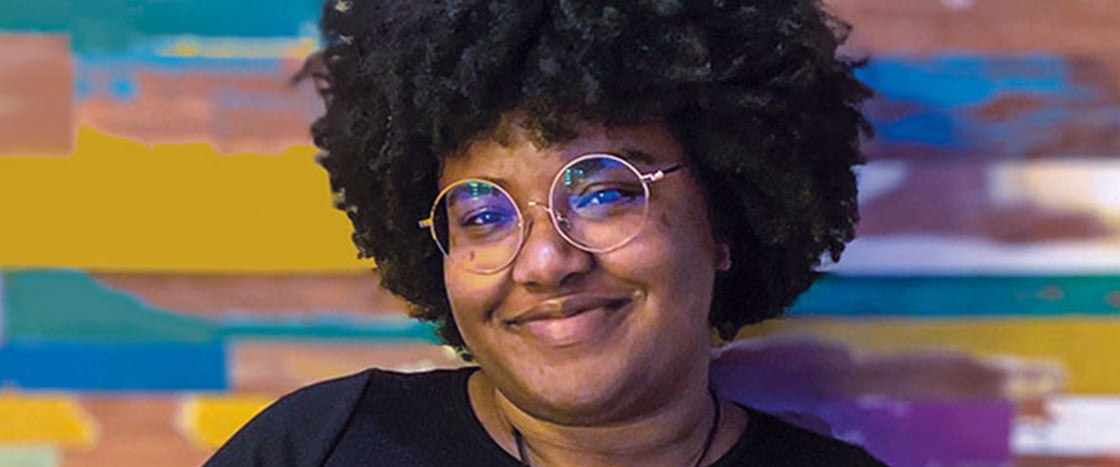Our brain communicates with our body through electrical signals. Doctors can check these signals to tell if a person has a brain condition or injury. For this, they use a machine called an EEG that’s equipped with electrodes. These devices have suction cup-like discs to attach to the scalp. But they don’t attach properly to the head of a person with coarse, thick, or curly hair. That can be a problem for Black patients.
Recent engineering graduate Arnelle Etienne designed a solution. She created flexible electrodes that clip into hair. While testing her design, she found that the electrodes work best when hair is braided in cornrows, so the clips get closer to the scalp.
When the EEG was invented in the 1920s, Black people weren’t thought of in the design process, says Etienne. “That’s why it’s important to include other people’s points of view in science.”

